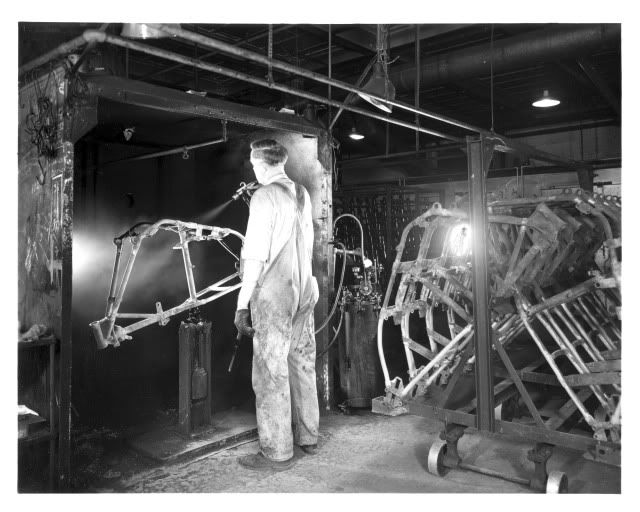It's my understanding that H-D large parts like fenders and tanks were parkerized before pimer and paint. It's also my understanding that the large parts were actually "bonderized" which was a manganese "spray". I may be wrong on this, and if so, please let me know. I guess my question is ... is there a vendor out there that can parkerize or bonderize such large parts correctly? While this isn't something a judge would see, I still think it is worth exploring.
Also, while it wouldn't be seen by a judge, what color primer would have been typical in 1940? It seems that I've seen original paint bikes with either a rust color primer and/or a cream color primer. Or does it depend on the paint color? Any research or info would be very much appreciated.
Thank you.
Vic
Also, while it wouldn't be seen by a judge, what color primer would have been typical in 1940? It seems that I've seen original paint bikes with either a rust color primer and/or a cream color primer. Or does it depend on the paint color? Any research or info would be very much appreciated.
Thank you.
Vic

Comment